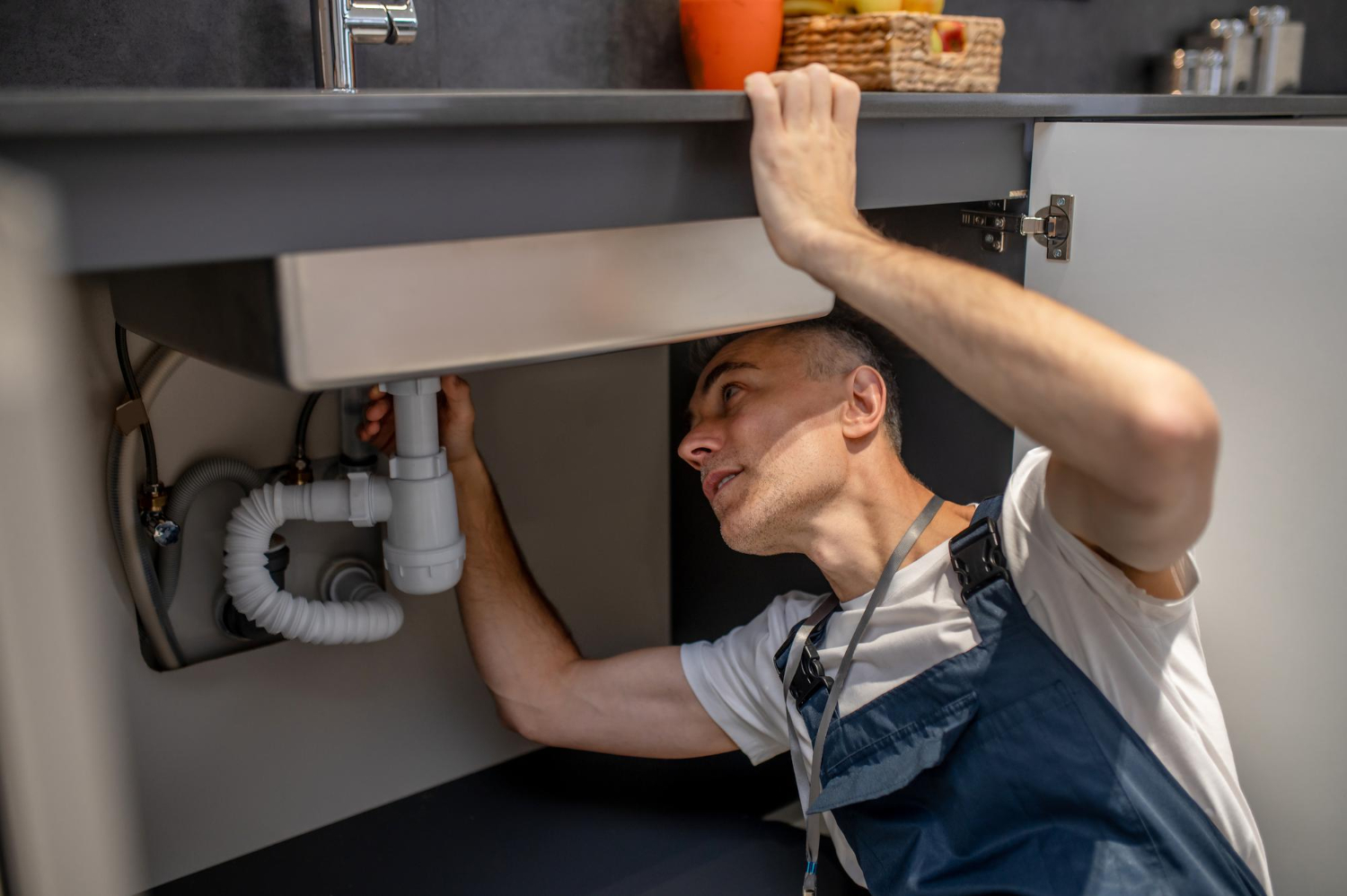Call This Saturday to Get $50 Off
Do You Need a Local Plumber in Phoenix
Call This Saturday to Get $50 OFF
Call This Saturday to Get $50 Off
Do You Need a Local Plumber in Phoenix
Call This Saturday to Get $50 OFF
If you've ever had water backing up in your sink, tub, or shower, you're not alone. A clogged drain problem is one of the most common issues homeowners face. You don’t always have to call someone for help right away. With a few simple tools and a little know-how, you can often fix it yourself. This guide from High Speed Plumbing will walk you through the steps to safely and easily clear a clogged drain.

Drains can clog for lots of reasons. Hair, food, grease, soap scum, and even small objects can become lodged and block the water flow. In the kitchen, grease and food scraps are common sources of trouble. In the bathroom, hair and soap are usually to blame.
When your water line starts acting up, it can threaten your home with unexpected leaks or…
Read MoreWhether you’re stepping into an unexpectedly cold shower or noticing unusual sounds from your heater, it's…
Read MoreIf you want to protect your home and family’s health, the water you drink, cook with,…
Read MoreOver time, these things build up inside the pipes and slow down water flow. If not addressed, the problem can worsen. That’s when many people turn to a local plumber, especially when the clog is deep in the system or keeps coming back.
Before you get started, gather a few basic tools:
Having these tools on hand will make the process easier. You don’t have to be a professional or have a full plumbing service van to get results.
The easiest and quickest method is pouring boiling water down the drain. Heat can help melt grease and wash away soft blockages.
This works best for grease-based clogs, but may not be sufficient for hair or solid items.
If hot water doesn’t help, try using a plunger. It can help loosen the clog and push it down the pipe.
A plunger is often all you need, and it's something almost everyone has at home.
For a more natural way to clear your pipes, you can try the baking soda and vinegar method. This is safe for most types of pipes and doesn’t involve any harsh chemicals.
This method is helpful for light clogs and regular maintenance. However, if your clogged drainage issue is more serious, this might not be enough.
If the clog is stubborn, a drain snake can be a lifesaver. It’s a long, flexible tool that reaches deep into the pipe to break up or pull out whatever is blocking it.
Drain snakes are cheap, easy to use, and super handy to have around. You’ll feel like a real plumber when you get that gunk out yourself.
Under the sink, there’s a U-shaped pipe called the trap. Sometimes, the clog is right there.
It’s a bit messy, but not too hard. Just make sure everything is screwed back tight when you’re done!
If none of the above steps work, or if you continue to experience the same problem repeatedly, it may be time to call in the professionals. A trusted plumbing service can identify deeper issues, such as tree roots, broken pipes, or major blockages, that DIY tools may not be able to reach.
High Speed Plumbing recommends calling a licensed plumber if you smell something bad from the drain, hear strange gurgling sounds, or have water backing up in more than one fixture. These are signs that the problem is bigger than a simple clog.
Now that your drain is flowing again, let’s keep it that way!
Regular care helps avoid costly calls to a plumbing service and saves time in the long run. High Speed Plumbing also recommends having your pipes inspected annually for peace of mind.
If you’ve tried everything and still have a clogged draining issue, don’t stress. It’s okay to ask for help. Some problems need a skilled hand and the right tools. That’s when reaching out to an experienced plumber can make all the difference. Whether it’s a one-time job or part of regular upkeep, companies like High Speed Plumbing are ready to help you keep things flowing smoothly.
Remember, it’s better to deal with a small clog today than a major mess tomorrow.
You’ve probably heard about hard water vs. soft water, but have you ever taken a step…
A reliable sump pump is essential for protecting your basement or crawlspace from flooding. If you…
Plumbing issues can arise unexpectedly, disrupting your routine and causing unnecessary inconvenience. Whether it’s a dripping…
Dripping sounds in the bathroom or kitchen at night may not initially raise concerns, but they…
The normal household water pressure should range from 40 to 70 psi (pounds per square inch).…
Safety is a top priority when it comes to your home and family. With this in…